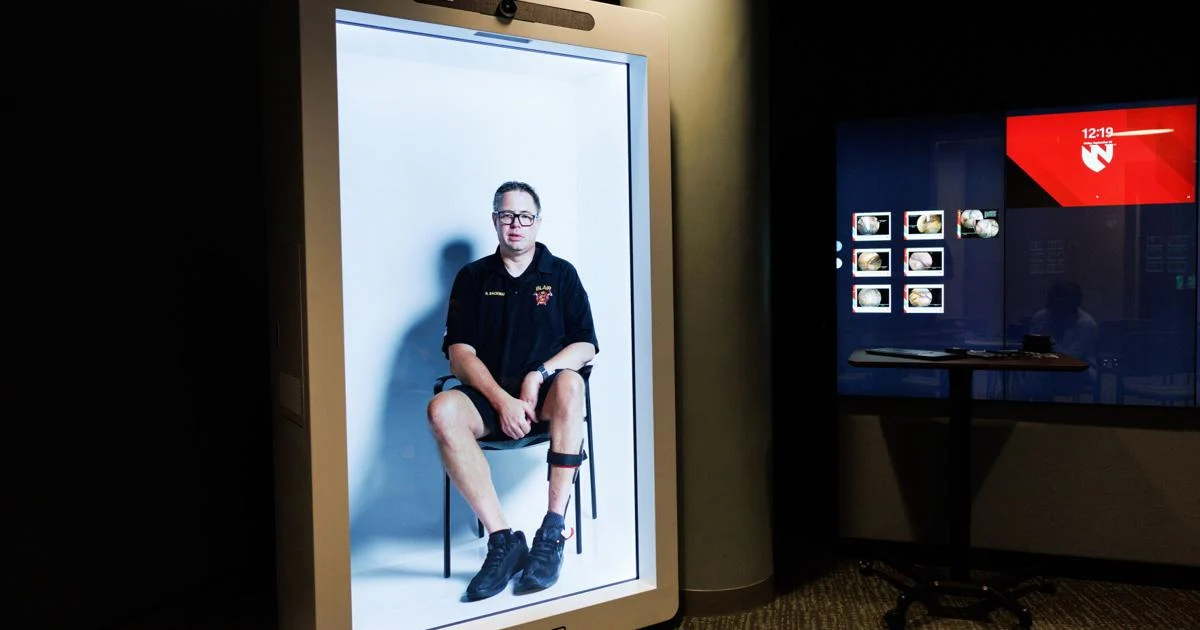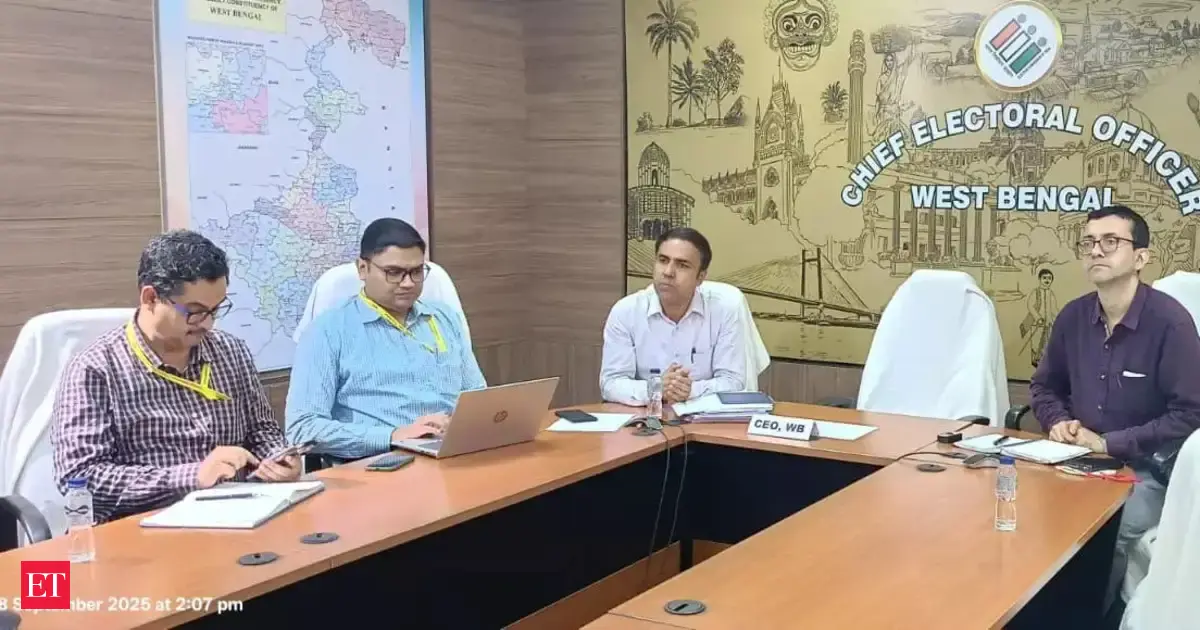
Randy Backman had a good reason for allowing organizers of a statewide stroke conference to share the details of the stroke he suffered a year and a half ago with participating health care providers.
The Blair man, now 43, wants to make sure others know how important it is to be aware of the signs of stroke.
Backman said he also hopes that his case will yield lessons that could help other stroke sufferers get the best care and “get them back to normal living as soon as possible.”
Details of Backman’s case were incorporated into an interactive, escape-room style puzzle as part of Friday’s “Stroke Transitions Across the Continuum” conference, sponsored by the Nebraska Department of Health and Human Services and hosted by the University of Nebraska Medical Center and iEXCEL, the Interprofessional Experiential Center for Enduring Learning.
He later closed the conference, revealing himself as the person behind the puzzle and telling more of his story in a pre-recorded video delivered via a hologram box at conference locations in Omaha, Norfolk, Kearney and Scottsbluff.
Conference organizers, he said, also sought to tap his unique perspective on what he went through. Backman is an emergency medical technician, or EMT, with the Blair Volunteer Fire Department.
But Backman was at his day job at the Dollar General distribution center on Jan. 15, 2024, training a new group of employees, when he suffered his stroke.
Initially, he tried to talk co-workers out of calling the rescue squad. He was used to being the caregiver, not the person giving care. And at age 42, he couldn’t quite believe he was having a stroke.
In the end, co-workers called his wife, who told them to call the rescue squad if he was showing signs of stroke. And Backman joined the ranks of a growing number of younger adults in Nebraska, and the United States, suffering such attacks.
That increase, and the implications for patients with years of child-rearing, work and life ahead of them, were among the themes of Friday’s conference.
“I was in denial I was having a stroke,” Backman said.
In reality, he’d noticed his speech was slurred when he was giving instructions to his trainees. He’d had trouble controlling his left hand and had twice dropped his coffee cup, as well as a water bottle.
Most people, in fact, stroke experts say, are more attuned to recognizing the signs of a heart attack than of stroke.
The American Stroke Association uses the acronym FAST, which stands for Face drooping or twisting; Arm weakness; Speech difficulty; Time to call 911. Some organizations extend it to BE FAST, which includes Balance, as in sudden loss of balance or coordination; and Eyes, representing sudden trouble seeing in one or both eyes.
“It’s easy to look back now and say it’s easy to realize you’re having a stroke, there’s so many symptoms there,” Backman said.
After they arrived, first responders asked him where he wanted to go. He selected Immanuel Hospital, which offers the nearest specialized stroke care facility. A CT scan revealed a massive bleed in the back of his brain. The left side of his body was mostly paralyzed.
The staff there stabilized him, got his blood pressure down and then transferred him to Creighton University Medical Center-Bergan Mercy, where he spent a week in the intensive care unit. The bleeding eventually stopped on its own, sparing him the need for surgery.
Then began his long road back. He was transferred to Madonna Rehabilitation Hospitals in Omaha, where he spent about three months in inpatient rehabilitation. He was able to walk with a cane, albeit for short distances, by the time he was discharged.
Then he spent an additional 90 days at QLI, which specializes in rehabilitation for brain and spinal cord injuries. Therapists there helped him walk without a cane and worked on regaining independence. They also visited his home and recommended changes to make sure it would be safe for him to return.
But he didn’t get home until early June, about six months after his stroke. That was hard on his wife and daughters, ages 17 and 8.
And himself. As an EMT, he’d transported plenty of stroke patients. Later, the squad members would get updates on their condition. It seemed like many returned home in a week or two. Different strokes, however, hit people differently, he said, with different levels of severity.
“I remember being upset when I was in the hospital, thinking, ‘How am I not out of here yet?'” Backman said.
He continues to do occupational therapy at home and work out at the Blair YMCA or the fire station. He’s not yet back to 100% and has lingering issues with his left hand. But he said he’s a “heck of a lot better” than he was a year and a half ago.
He has maintained his EMT license and is close to passing the physical test required to return to the squad. He’s also been participating in vocational rehabilitation offered by the State of Nebraska to prepare to get back to work.
Meantime, he has one other piece of advice, particularly for health care providers like himself: Get regular checkups with your doctor and make sure your blood pressure is in line.
“It’s just taken a lot of determination for me to get back to where I am today,” Backman said, adding that he has had a lot of great therapists along the way. “They didn’t make therapy easy, and I thank them for that.”
julie.anderson@owh.com, 402-444-1066, twitter.com/julieanderson41
The business news you need
Get the latest local business news delivered FREE to your inbox weekly.
* I understand and agree that registration on or use of this site constitutes agreement to its user agreement and privacy policy.
Julie Anderson
Get email notifications on {{subject}} daily!
Your notification has been saved.
There was a problem saving your notification.
{{description}}
Email notifications are only sent once a day, and only if there are new matching items.
Followed notifications
Please log in to use this feature
Log In
Don’t have an account? Sign Up Today



